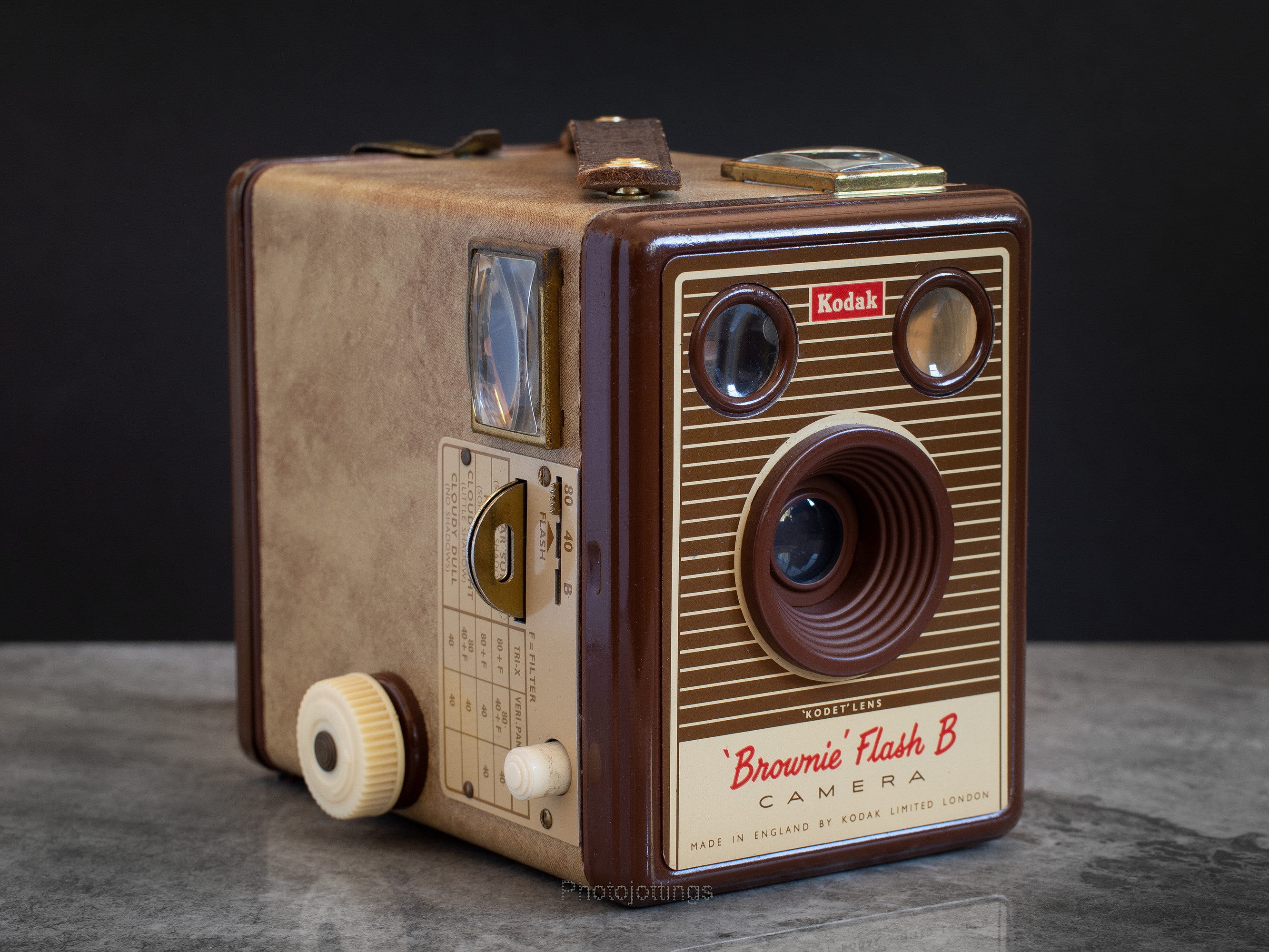The camera obscura
The camera obscura was the earliest form of camera dated, it was used centuries before ‘physical’ images could be printed. The camera obscura consisted of a box-shaped device used as an aid for drawing or entertainment. The method of a camera obscura worked by removing all light from a room, but leaving a tiny, circle opening on one side, and a reversed and inverted image was projected on the other side. Ibn al-Haytham, a mathematician, astronomer, and physicist, is said to be the first person to invent the camera obscura with a viewing screen in the 11th century.

Nicephore Niepce
Nicephore Niepce is said to be the inventor of photography. The French inventor was born in 1765 and began his scientific research in 1795 with his brother, Claude. Niepce was the first inventor to create a permanent photographic image, using a method he called Heliography, or ‘sun drawing’. This process consisted of producing a photoengraving on a metal plate coated with an asphalt preparation.

Louis Daguerre
Louis Daguerre, born in 1787, was a French artist and photographer recognized for his invention of the eponymous Daguerreotype process of photography. He became recognised as one of the founding fathers of photography because of his discovery. The Daguerreotype is a positive process, and consisted of using a sheet of copper plated with a thin coat of silver without the use of a negative. After exposure to light, the plate was developed over hot mercury until an image appeared. The issue with this process was the fact that the image would come out already negative, meaning the image couldn’t be copied.

Henry Fox Talbot
Henry Fox Talbot, born in Dorset in 1800, was an English scientist, inventor and photography pioneer. Talbot wanted to create images that would be considered to the standard of Daguerre’s Daguerreotype. In 1840, Talbot developed the idea of paper negatives and found that they could be taken with a much shorter exposure time. Although the image could not be seen for a long time, Talbot managed to chemically develop it into a useful negative, the image could then be fixed with a chemical solution. The solution removed the light-sensitive silver so the image could be viewed in bright light. Talbot’s revolutionary discovery allowed him to repeat the process of printing from the negative, meaning he could make as many copies of the same print which the Daguerreotype could not do. This was named the ‘Calotype’ in 1841. The following year Talbot was rewarded with a medal for his work from the Royal Society.
.jpg?mode=max)
Richard Maddox
Richard Maddox was born in Bath, England in 1816. Maddox was a keen photographer and physician who often practiced the Calotype method for his images, but when the use of the ether vapour in the method became detrimental to his health, he was determined to invent a new method that would remove a lot of the difficulties in the process. Maddox prepared a number of plates, exposing by contact-printing them from other negatives, and putting each through a different exposure trial, using different substances such as rice and tapioca. In 1871, Maddox invented the lightweight gelatin negative plates. This invention allowed photographers to use commercial dry plates instead of having to prepare their own emulsions in a mobile darkroom, this method allowed for cameras to be small enough to be hand-held for the first time.

George Eastman
George Eastman was an American inventor and entrepreneur born in New York in 1854. In 1880, he perfected the method of making dry plates and organised the Eastman Dry Plate and Film Company for their manufacture. Eastman produced the ‘Kodak’ camera, which he named due to the strong, incisiveness of the letter ‘K’. The Kodak camera was placed on the market in 1888, it was a simple handheld box camera containing a 100-exposure roll of film that used paper negatives. One the consumer used the film up, it would be sent back to manufacturer for developing, printing and reloading the film, producing their iconic tagline; ‘You press the button, we do the rest’. In 1889 Eastman began using transparent roll film, which has since become the standard for film photography. Later, in 1892, he reorganized the business as the Eastman Kodak Company. Eight years later Eastman introduced the ‘Brownie’ camera, intended for the use of children and sold for one dollar. By 1927, Eastman had a virtual monopoly of the photographic industry in the USA, and still remains to this day to be one of the largest photography companies in the world.

Film and Digital Photography
%20(1).jpg)
Digital photography was first developed by an Eastman Kodak engineer called Steven Sasson in 1975. He built his first prototype from a movie lens camera lens, a few Motorola parts, 16 batteries and some newly invented Fairchild CCD electric sensors, which is a transistorized light sensor on an integrated circuit. He named this prototype the US patent 4,131,919. This camera is pictured above, it was the size of a printer and weighed nearly 4 kilograms. The camera could only capture black and white images, which were contained on a digital cassette tape. Sasson and his team also had to invent a special screen just to look at the images. Digital photography has developed vastly since then and today, an Apple iPhone 12 has 12-megapixel cameras. This means there is 12 million pixels in an image, compared to Sasson’s prototype which had a resolution of 0.01 megapixel and took 23 seconds to take the image itself. With the development of technology, anyone can take an image simply with their phone in a second, capturing exactly what we see with an equally clear quality.
